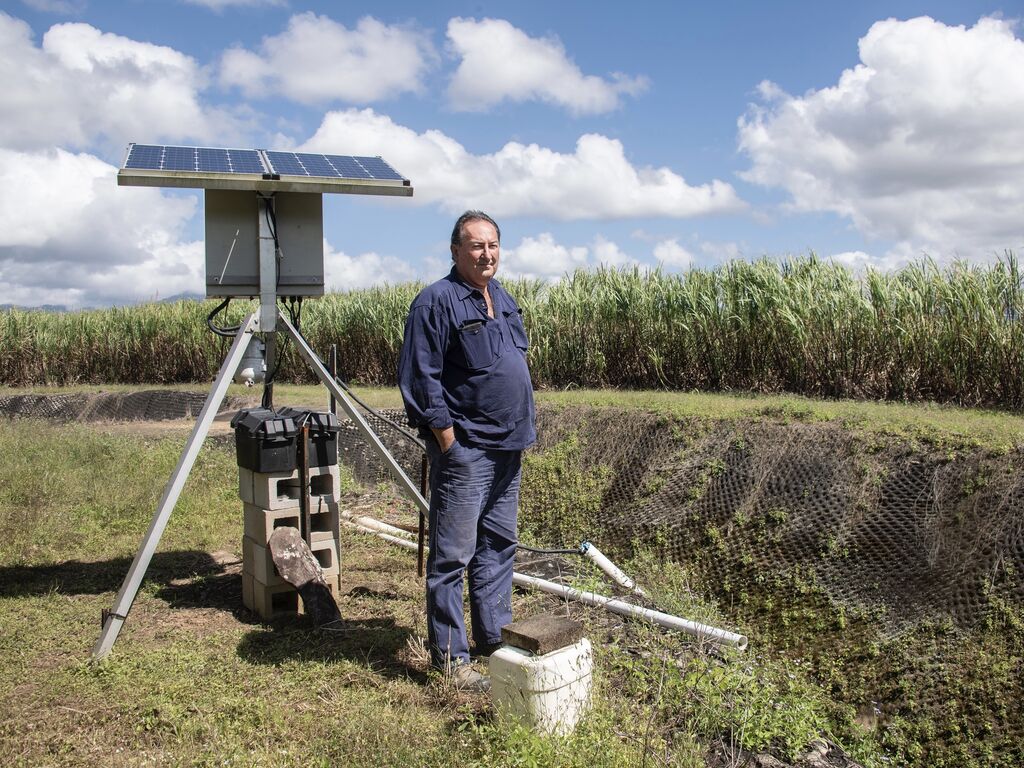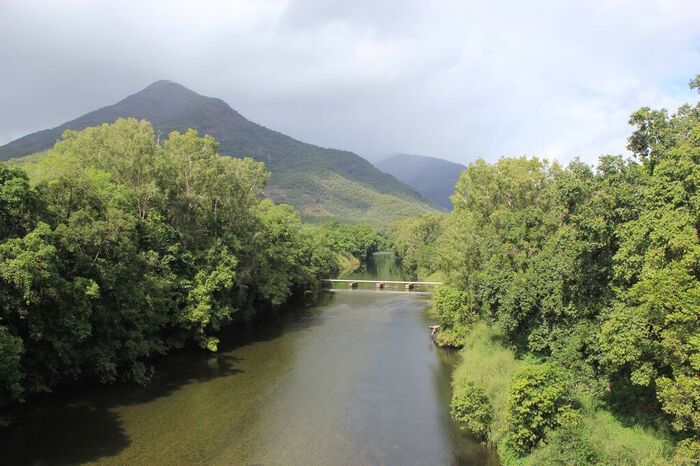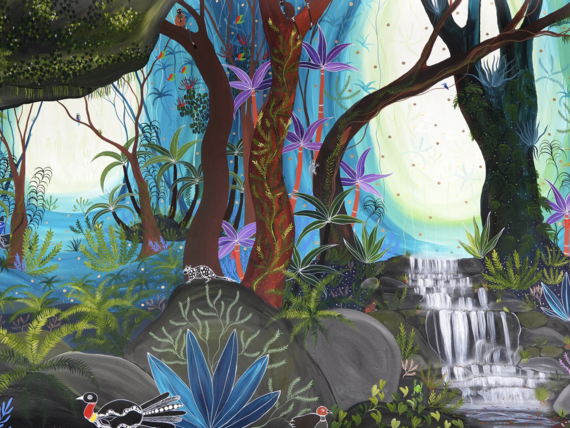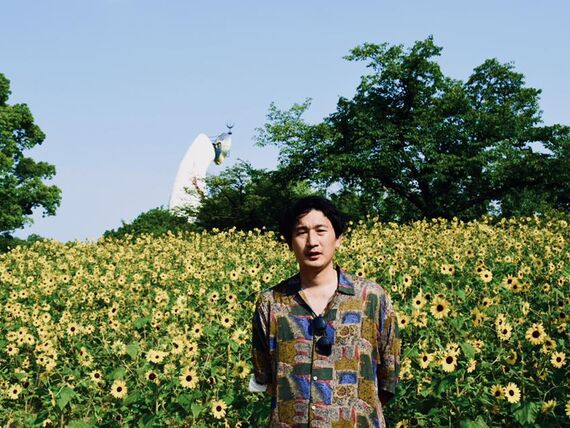Canegrowers curb water pollution with new run-off solution

Sugarcane farmers and marine scientists have found a new way to protect the long-term health of the Great Barrier Reef.
The Project 25 initiative, coordinated by the Cairns-based Reef and Rainforest Research Centre (RRRC), is significantly reducing the amount of damaging nitrogen fertiliser running off sugarcane farms and into the creeks and rivers connected to the ocean.
The flagship four-year partnership between over 100 local canegrowers and scientists from both James Cook University and CSIRO found that the first wet season rains in November and December carry nearly half the damaging nitrates from urea-based fertilisers off cane farms and into waterways.
By containing the water for two to three days in the Russell-Mulgrave catchment’s vast network of existing drains, pipes and channels, natural processes will “denitrify” the nitrates in the run-off and the nitrogen is expelled as a gas before the water reaches the rivers.
The initiative also involved the instillation of modern water quality sensors which collect accurate and real time measurements of nitrate concentrations in local waterways; data that’s then immediately available to local canegrowers via a CSIRO-developed phone app.
This partnership between farmers and scientists has reduced water pollution by over 15%, curbing the damaging algal blooms offshore which flourish on nitrates and significantly harm coral reef growth and bleaching recovery.

“You can’t control what you can’t measure, and you can’t expect farmers to change their practices and behaviour unless they trust the data, are fully informed and understand what the issues are and their impact on the Reef,” RRRC Chief Executive Sheriden Morris said.
“That’s what Project 25 has shown; not only are we excited about the potential to cut and control nitrogen run-off from cane farms onto the Reef using the existing and extensive farm drainage network, but we’re excited about the fact it’s growers who, together with the water quality scientists, have suggested this as a practical and viable way to make it happen.”
Babinda-based canegrower Steve Calcagno believes farmers have a key role in helping the Great Barrier Reef recover and revive.
“By working together and having real figures and nitrogen data we can rely on and trust, we can now say – both scientists and growers – that besides improving on-farm practices, another part of the solution involves slowing the early rain flush down by using our drains, channels and natural wetlands differently,” he said.
“I see this as the start of really exciting new chapter.”
Visit the Reef & Rainforest Research Centre website to read more.
This story originally appeared in Tropic Magazine Issue 27. Read the issue here.








